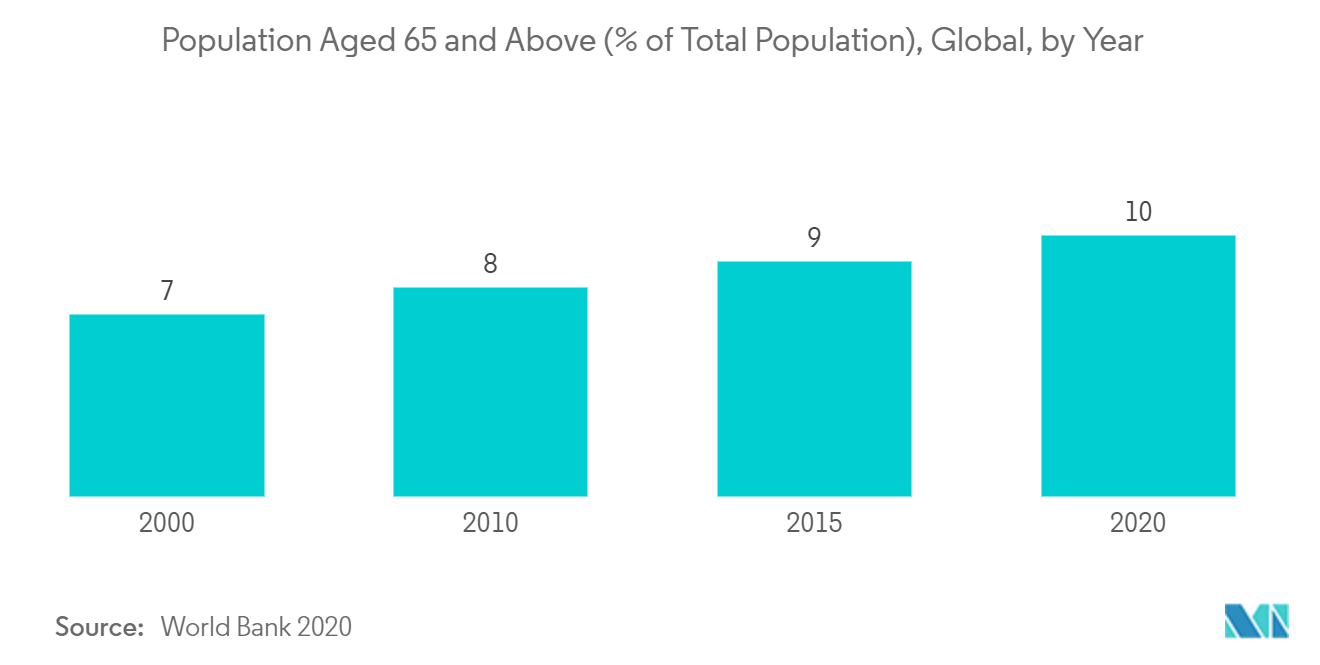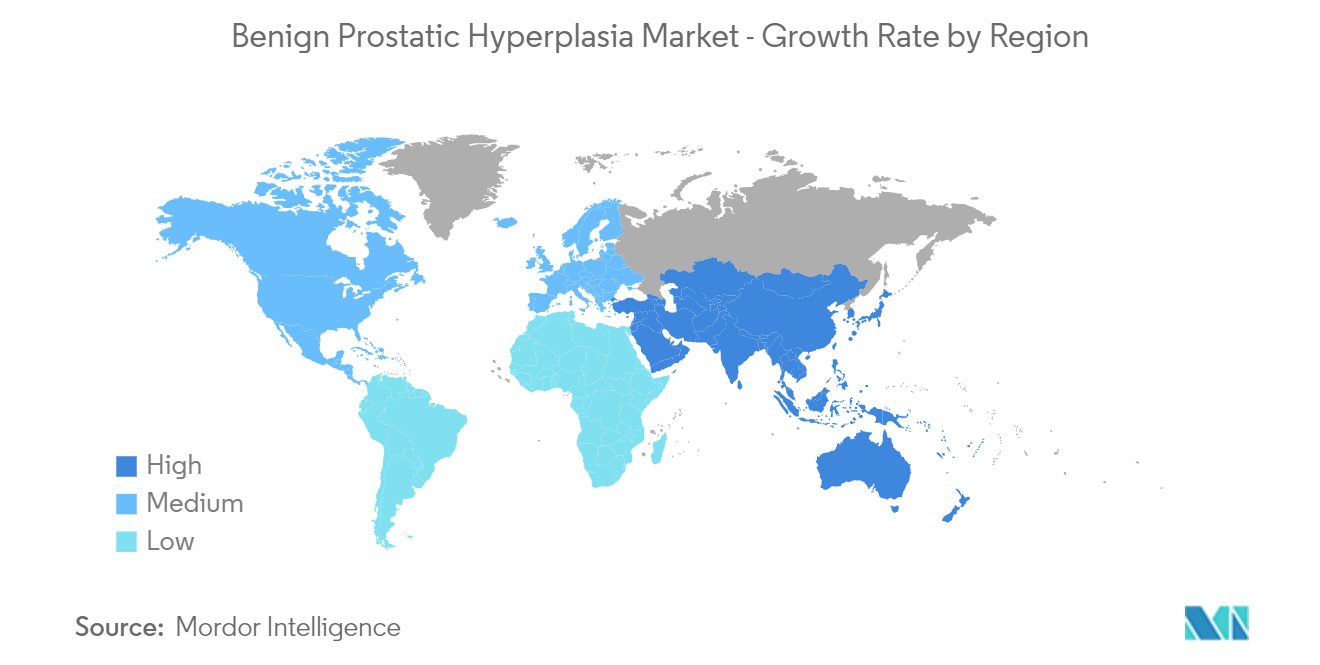Market Trends of Benign Prostatic Hyperplasia Industry
This section covers the major market trends shaping the Benign Prostatic Hyperplasia Market according to our research experts:
Alpha-Blockers Segment is Expected to Hold the Largest Share of Global Benign Prostatic Hyperplasia Market, Over the forecast period
Alpha-blockers help in relaxing the muscle of the prostate and the bladder neck, which allow urine to flow easier. Alpha-blockers work quickly and are usually the first line of treatment for men with mild to moderate symptoms. For instance, α1 blockers are recommended in the clinical guidelines for BPH in Japan, as first-line drug therapy for lower urinary tract symptoms (LUTS) associated with BPH. Moreover, for people with high blood pressure and BPH, alpha-blockers are the ideal treatment line for both conditions.
In February 2021, Veru Inc. announced that it had submitted a New Drug Application (NDA) with the United States Food and Drug Administration for TADFIN (tadalafil 5mg and finasteride 5mg) capsules, a novel oral daily dosing combination formulation, for the treatment of benign prostatic hyperplasia (BPH). Novel drugs such as Entadfi (finasteride and tadalafil) are also emerging in the market for the treatment of the signs and symptoms of benign prostatic hyperplasia (BPH) in men with an enlarged prostate for up to 26 weeks. The above-mentioned treatments for BPH contain alpha-blockers. With the emergence of such medications, the segment is expected to witness healthy growth over the forecast period.
Some of the commonly used alpha-blockers for benign prostatic hyperplasia include Cardura, Cardura XL, Minipress, Prazosin Hcl all manufactured by Pfizer, and Terazosin by CTX Lifesciences, Flomax by Boehringer Ingelheim, and Uroxatral by Ranbaxy Laboratories Ltd. As key pharmaceutical companies are in the business of manufacturing and marketing alpha-blockers for benign prostatic hyperplasia, the segment is believed to witness strong growth as key companies have better reach to patients across various countries.
Owing to these factors, alpha-blockers accounted for the largest market share in the global benign prostatic hyperplasia market.

North America Region Holds the Largest Market Share of Benign Prostatic Hyperplasia Market
North America dominates the market owing to the high prevalence of BPH and other associated lower urinary tract symptoms. For instance, as per the data from the National Institute of Health, the prevalence of benign prostatic hyperplasia is as high as 50% to 60% for males in their 60's, increasing to 80% to 90% of those over 70 years of age.
In addition, several hospitals across the United States, and Canada have collaborated with non-profit organizations and companies such as GlaxoSmithKline in some of the projects to raise awareness and adequate resources for the treatment of urological disorders. Also, the rising geriatric population in the United States is contributing to market growth. For instance, as per the Administration for Community Living report published in 2021, in the year 2019, the population aged 65 and above was 54.1 million which is expected to increase to around 80.8 million by the year 2040.
As BPH is one of the risk factors associated with prostate cancer, there has been an increasing demand in the United States for early diagnosis and treatment of BPH. The rising number of prostate cancer cases is creating huge opportunities for market players. The major market players are focusing on research and development activities to bring new and reliable treatments to the market. For instance, in September 2021, the United States Food and Drug Administration authorized the marketing of software to assist medical professionals who examine body tissues (pathologists) in the detection of areas that are suspicious for cancer as an adjunct (supplement) to the review of digitally-scanned slide images from prostate biopsies (tissue removed from the body). Such initiatives will lead to increased adoption of prostate examinations and treatment in the United States, thereby driving the market growth.
Therefore, owing to the above-mentioned factors, the United States is expected to witness a significant share in the market studied.


